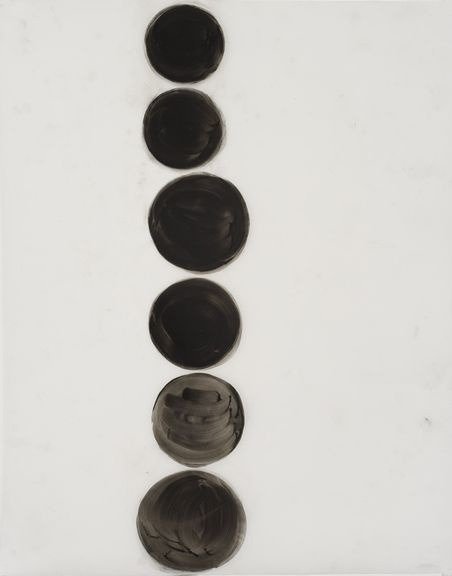On Power Dynamics
“If each one of us would scientifically regard ourselves as centres of force, holding the matter of our bodies within our radius of control, and thus working through and in them, we should have a hypothesis whereby the entire cosmic scheme could be interpreted.”
Recently, while watching an interview at a celebrity event featuring two successful singers—one from the pop genre and the other from electronica—I noticed a subtle power dynamic overlooked in the post's comments.
Both women are well-known, each with a significant fan base.
When the reporter introduced the singers during the interview, the pop star immediately complimented the electronic star. The electronic singer cut the pop singer off with a compliment disguised as an insult, which made the pop star shrink.
She crossed her arms, slouched her shoulders, and averted her gaze.
What was interesting was how the interview was interpreted: most of the comments validated the electronica singer by saying that she was shy and socially awkward.
The electronica singer (who has amassed over one million followers on social media) is savvy about social politics and power dynamics.
With one sentence, she shifted the dialogue and ended up with the full attention of the reporter, the audience, and the other woman being interviewed! In short, she took the spotlight and eliminated her competition.
This incident underscores the complex social politics and power dynamics in public interactions. It highlights how perceived vulnerabilities can mask strategic maneuvering, a skill mastered by the electronic singer who managed to captivate the audience and effectively sideline the pop star.
The fact that most people witnessing this exchange took away that the electronic singer is shy shows her ability to navigate and negotiate social dynamics.
Such scenarios illustrate the broader illusions and performances on social media. It reveals how subtle cues and responses can dramatically shift narratives and perceptions in public discourse.
This experience resonates with me because I have found myself in similar situations, playing a role similar to that of a pop singer.
From this, I've gleaned a few strategies for (re)positioning myself:
Physical Presence: Stand straight and maintain steady eye contact. According to psychologist Albert Mehrabian, body language constitutes 55% of communicative impact.
Verbal Precision: Speak less but with clear and concise messages. Clarity cuts through noise and confusion.
Heartfelt Communication: Communicate blessings and good intentions. This approach can dissolve tensions and bridge gaps, fostering a collaborative rather than a confrontational atmosphere.
These reflections are drawn from personal experiences, highlighting the importance of intention in navigating complex social interactions.
Reiki is one way to recognize the subtle power shifts and energies at play at any given moment.
Any practice that invokes you to feel and bring awareness to the subtle body is developing your skills of recognizing unseen forces that provide direction and ultimately create the future of the collective.
Jin Shin Jyutsu, Aikido, contemporary dance, and yoga (breathwork, mudra, meditation, visualization) are all practices I’ve embraced that have deepened my awareness and appreciation for unspoken layers of communication.
I use these practices to stay grounded and connected to my intention (heart/intuition) in daily interactions. I used to avoid conflict because I did not know how to stay focused and centered to respond, though with practice, I’ve found that I can stay present inside of myself during challenging conversations and experiences.


